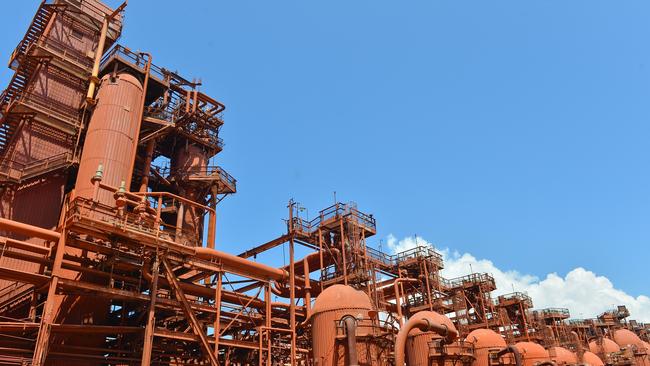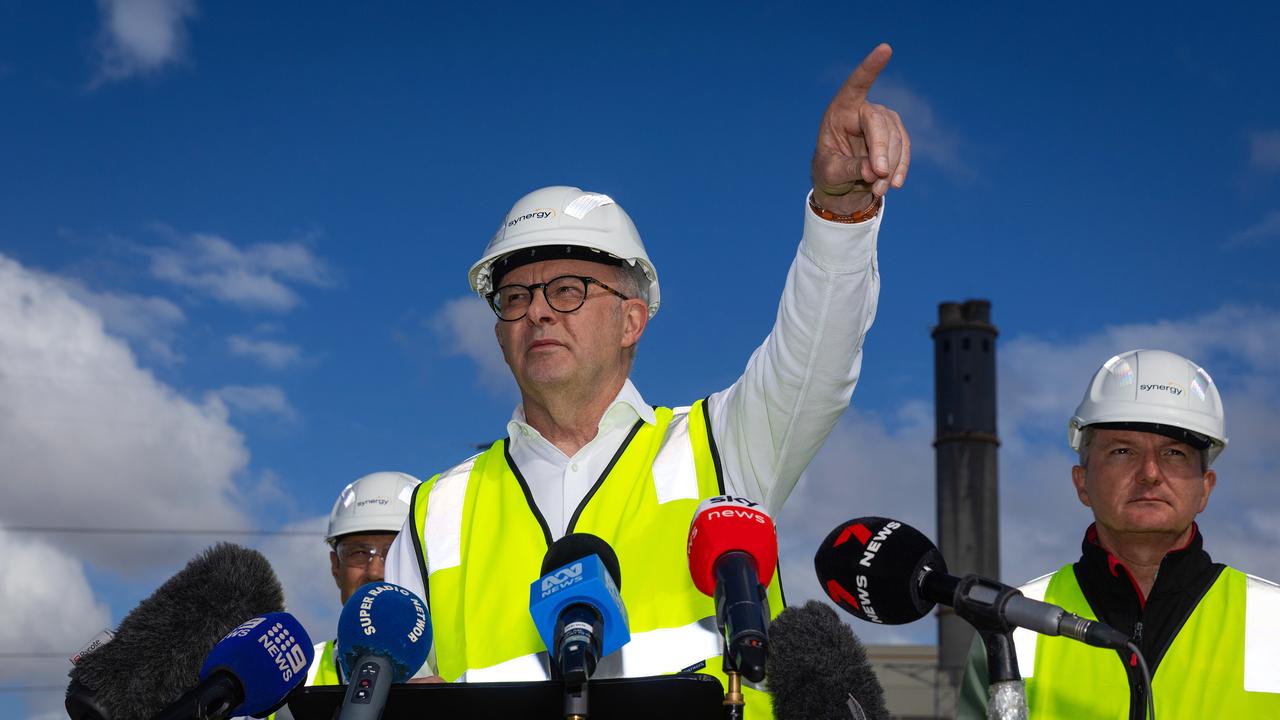Added scope to spruik low-carbon products
Analysts at Macquarie have named companies and property groups with the potential to promote credentials for producing low-carbon products.

ASX-listed companies including Alumina, Nufarm and Rio Tinto, property groups GPT and Stockland and building product companies Boral, Brickworks, James Hardie and Reece have the potential to promote their credentials for producing low-carbon products, analysts at Macquarie say.
While many companies have made public targets for reaching net zero emissions – which involve Scope 1 and 2 emissions, those produced by the company in its operations – the investment bank says there is now increasing attention being given to Scope 4 emissions – those that can be reduced from the products and services companies produce.
While there is currently no official disclosure framework for Scope 4 emissions – defined as emissions that can be reduced or avoided by using a company’s low-emission products or services – a report from Macquarie says companies producing lower-carbon alternatives can now “showcase their comparative low-emission products to customers”.
The report cites Alumina’s EcoSource low-carbon alumina product as an example of a product that the company could promote as helping to reduce Scope 4 emissions. It says Boral’s lower-carbon concrete is another example of a product that can be used to generate “avoided” emissions. “Boral is showcasing three low-carbon products, highlighting the embodied carbon reduction profile of each in comparison to its conventional mix,” it reads.
Boral has a tiered approach to pricing for the products, with its ENVISIA low-carbon concrete having the higher premium pricing of its three products.
Sales of the company’s low-carbon concrete have increased by 80 per cent over the past year, boosting their contribution to Boral’s total turnover from 4 per cent to 7 per cent over the year.
Other examples include agricultural chemical company Nufarm’s Carinata product, a non-food oil seed cover crop used to produce low-carbon fuel, and Rio’s ELYSIS joint venture in Canada that, Macquarie says, has “successfully produced aluminium at industrial scale with no direct greenhouse gas emissions”.
The report says GPT and Stockland have been highlighting the emissions they have avoided by having more energy-efficient properties, while building companies Brickworks, James Hardie and Reece “have highlighted the energy efficiency of their products”.
Metals company Sims has highlighted the rising demand for recycled products such as laptops and mobile phones because of their “significant carbon reduction benefits”.
Telstra is promoting its move to more energy-efficient products and technologies, while mobile phone company TPG has argued that the rollout of the 5G network can reduce greenhouse emissions through smarter cities, transport, energy, buildings and agriculture.
The report warns that a lack of an agreed disclosure framework and methodologies for measuring Scope 4 emissions has the risk of allowing companies to “greenwash” by overpromoting the low-carbon benefits of their products.
It says there is an “inconsistency and greenwashing risk due to lack of a disclosure framework or regulation” around Scope 4 emissions.
“Avoided emissions” were first identified as a potential category for assessing carbon emissions by the Greenhouse Gas Protocol in 2013, but Macquarie points out that they were never formally included as part of the methodology for measuring carbon emissions.
With growing pressure on companies to promote their green energy credentials, Macquarie says “corporate interest is growing in quantifying Scope 4 emissions” as it allows them to showcase their low emission products to customers and investors to assess a company’s total emissions profile.
It says quantifying Scope 4 emissions could potentially provide an additional revenue stream for companies if they could be accepted as generating carbon credits.
“We expect to see an increase in the number of Australian corporates highlighting products or services that can contribute to avoided emissions,” Macquarie’s report reads.
But it warns that “while disclosure on Scope 4 may provide a more holistic carbon footprint view, inconsistency in reporting, and lack of regulation, is a challenge.”




To join the conversation, please log in. Don't have an account? Register
Join the conversation, you are commenting as Logout